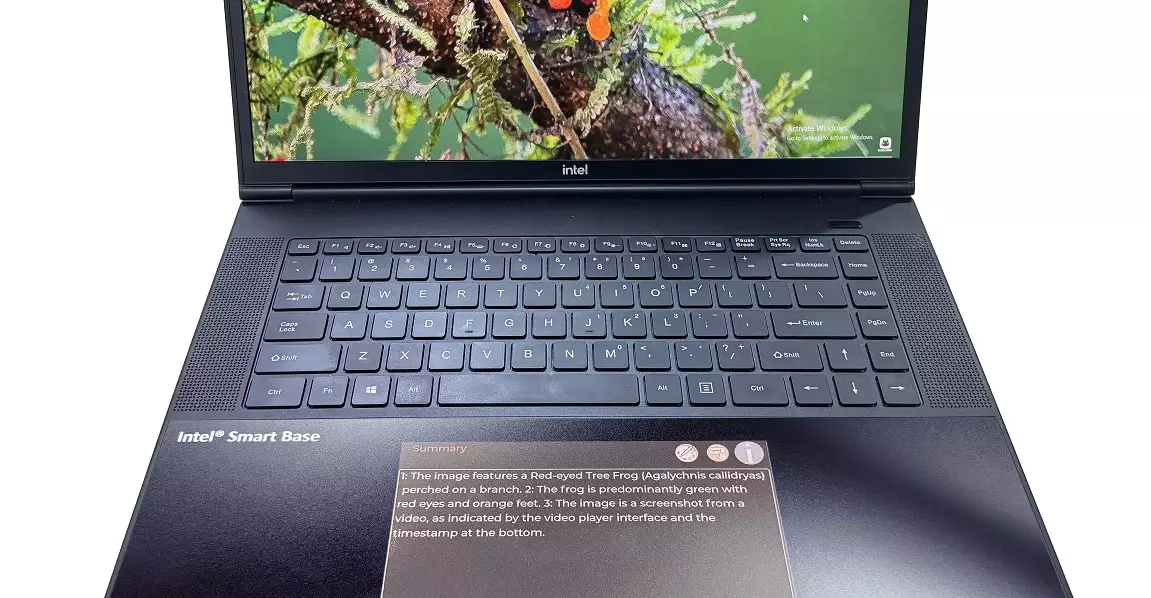The technological landscape of personal computing is on the brink of a transformative shift. Traditional laptops, long relying on physical keyboards and screen-centric interfaces, are gradually embracing innovative ways to enhance productivity and user experience. Among these advancements, the application of low-power E Ink touchpads emerges as a game-changer. Far from being just a secondary input device, these specialized touchpads promise to redefine how we interact with AI and manage digital workflows. They confront longstanding issues like battery life limitations and interface clutter, offering a compelling vision for the future of portable computing.
What makes this development particularly exciting is how it addresses fundamental user needs. As AI becomes integral to daily tasks, the demand for seamless and non-intrusive interaction grows. E Ink-powered touchpads, serving as dedicated hubs for AI tools, bridge the gap between minimalism and functionality. Unlike traditional LCD or OLED screens, which demand significant power and can distract the user, these low-energy displays allow users to access vital information without breaking focus or draining batteries. In essence, they act as a subtle yet powerful extension of the core computing experience, enabling real-time updates, quick access to shortcuts, and continuous AI engagement—all without sacrificing battery longevity.
From E-Reader Tech to Smart Laptop Components
The evolution of E Ink technology from simple e-readers to dynamic laptop accessories underscores its versatility and practicality. Initially celebrated for their readability and low power consumption, color E Ink displays have now found a new domain: digital signage, note-taking, and even wearable tech. The leap to integrating such screens into touchpads signifies a thoughtful shift toward more intelligent and energy-efficient devices. It emphasizes that minimal power use does not equate to compromised functionality but rather encourages innovative ways to prioritize essential information.
A significant aspect of this transition is the potential for E Ink touchpads to function independently of the main display. Instead of merely mirroring what appears on the primary screen, these touchpads could serve as dedicated AI dashboards—showing summaries, notifications, or even acting as a personal assistant. The capacity to keep vital information at a glance, under your fingertips, could drastically improve multitasking and workflow efficiency. Additionally, this move could foster a more minimalist approach to interface design, where non-essential visual clutter is minimized, and crucial data is readily available without constant window switching.
Balancing Functionality and Practical Constraints
While the concept is promising, it’s essential to scrutinize the operational limitations and practical implications. Color E Ink displays, despite their recent innovations, remain primarily text-based and less suited for dynamic visual content or media playback. Using a static, low-power display as a primary means of interaction raises questions about usability and user engagement. Distractions could increase if users attempt to interpret constantly changing AI summaries or notifications on a small, color E Ink surface. Furthermore, the added complexity of integrating these touchpads into existing hardware ecosystems could pose compatibility challenges.
Another concern is battery life. Although E Ink screens are renowned for their low power consumption—powering only during updates—they still need to be sufficiently responsive and resolution-rich to meet user expectations. The technical challenge lies in developing displays that can accommodate detailed AI interactions without incurring significant power costs. Moreover, whether these touchpads will be tightly integrated with the laptop’s operating system or operate as standalone units remains to be seen. Such decisions will influence the overall user experience, device compatibility, and software development cycles.
Ultimately, this technology’s success hinges on whether manufacturers can strike a delicate balance: harnessing E Ink’s efficiency without sacrificing usability or responsiveness. If achieved, the result could be a new standard for intelligent, energy-conscious laptops—where minimal power consumption enhances, rather than hinders, user productivity. The innovation offers a glimpse into a future where our devices evolve not just in power but in intelligence, seamlessly blending hardware and AI-driven software for an unparalleled user experience.

